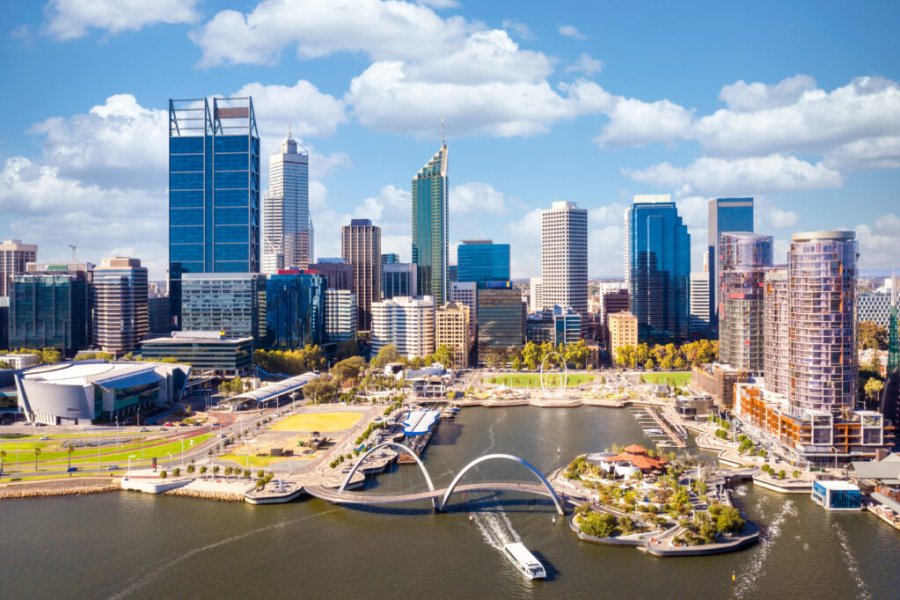Travel Guide Tihohora
Find an accommodation
Advertising
Located 520 km northeast of Tahiti and 175 km northeast of Rangiroa, Manihi is at the forefront of the perlière production of French Polynesia.The first perliferous firm opened in 1968. Since then, Manihi has developed a world reputation. This atoll has become over the years a mythical center of black pearl production in the South Pacific, attracting many tourists… and their currencies. The atoll had up to 95 production sites during its «golden age» before the crisis in the sector changed.This was the first atoll of Polynesia to have an airport in 1969, and a luxury world class hotel, the splendid Manihi Pearl Beach Resort, opened in 1977. The tourist crisis in recent years (seen by some as a 'slow agony') has unfortunately led to its closure in October 2012, which is perhaps the end of tourism over here.The atoll, in ovoiid form, measures 28 km in length and 6 km in width (192 km ²), and consists of a great motu, making half the tower of the atoll, and a dotted chain of motus spread across the other side. It has 1,141 inhabitants (Census 2017). The Turipaoa pass, the unique passage between the lagoon and the ocean, separates the great motu, which houses the airport, and Paeua, the small village of Manihi.This very small opening (about fifty meters wide) is the only one communicating the immense lagoon and the great ocean. The boat docking dock is located on the village side. The vegetation is dry, which will intriguing the visitor.We fly to the great motu, landing on a track rebuilt in 1993, after a cyclone literally swallowed it.The motu of the airport is the most important and understands everything except the village. Starting from the airport towards the south, we first discover the hotel (closed) and then spend a few kilometers further. On the other side of the pass, the village of Pauea.All in all, this is a grid alignment of individual houses, and four churches (Catholic, Protestant, Sanito, Mormone). You will often see children playing on the dock. From the airport to the north, you arrive on a lunar landscape with a multitude of clear gray rocks. These are the huge hoas, which the sea covers when the ocean breaks its furies.Over 9 km, the road successively crossed several hoas, and oases with some greenery where some inhabitants chose to live. This motu extends tens of kilometers after the end of the road.In addition to the visits of perliferous farms, the visitor will find, as in all the Tuamotu atolls, excursions on the lagoon, underwater hunting, and wonderful diving sites.
Suggested addresses Tihohora
Weather at the moment
Advertising
Organize your trip with our partners Tihohora
Transportation
Book your plane tickets
Car Rental
Boat rental
Accommodation & stays
Find a hotel
Holiday rental
Find your campsite
Tailor-made trip
Immersion travel
Services / On site
Activities & visits
Find a doctor



